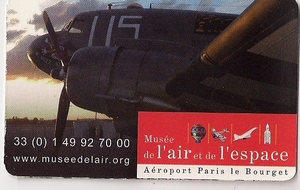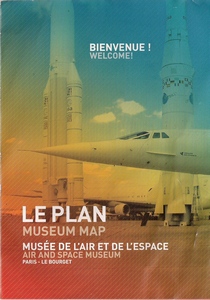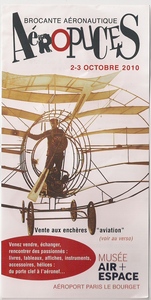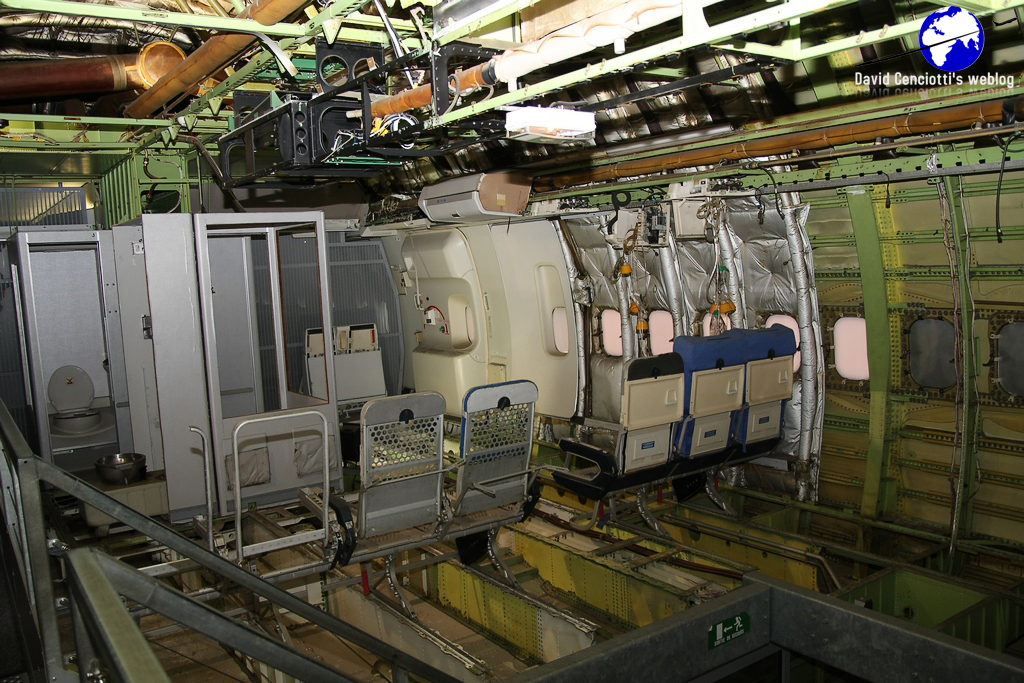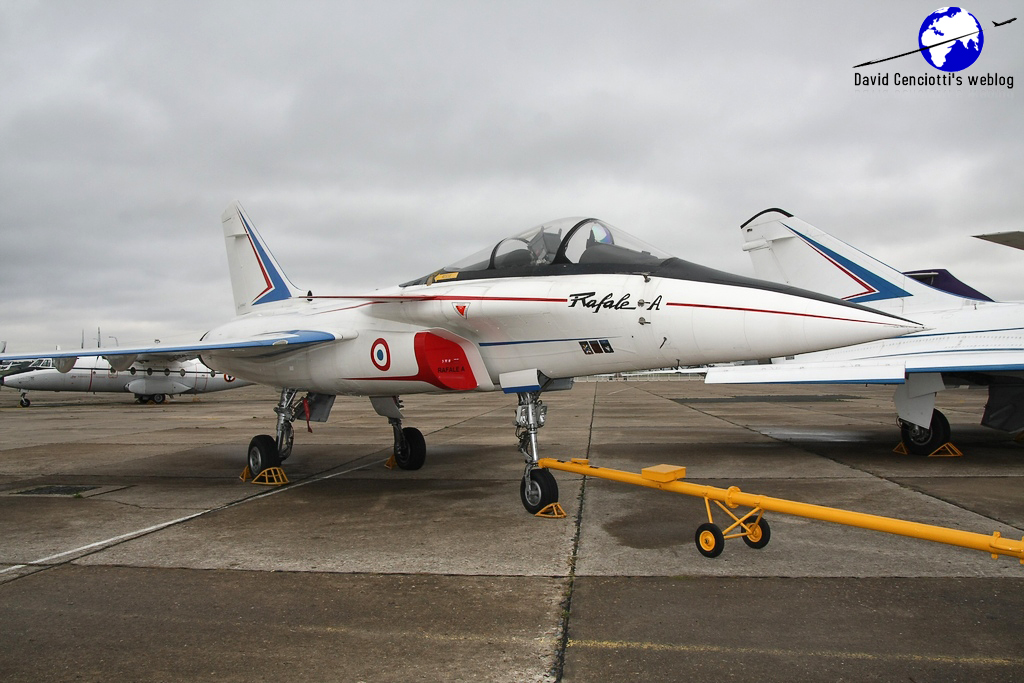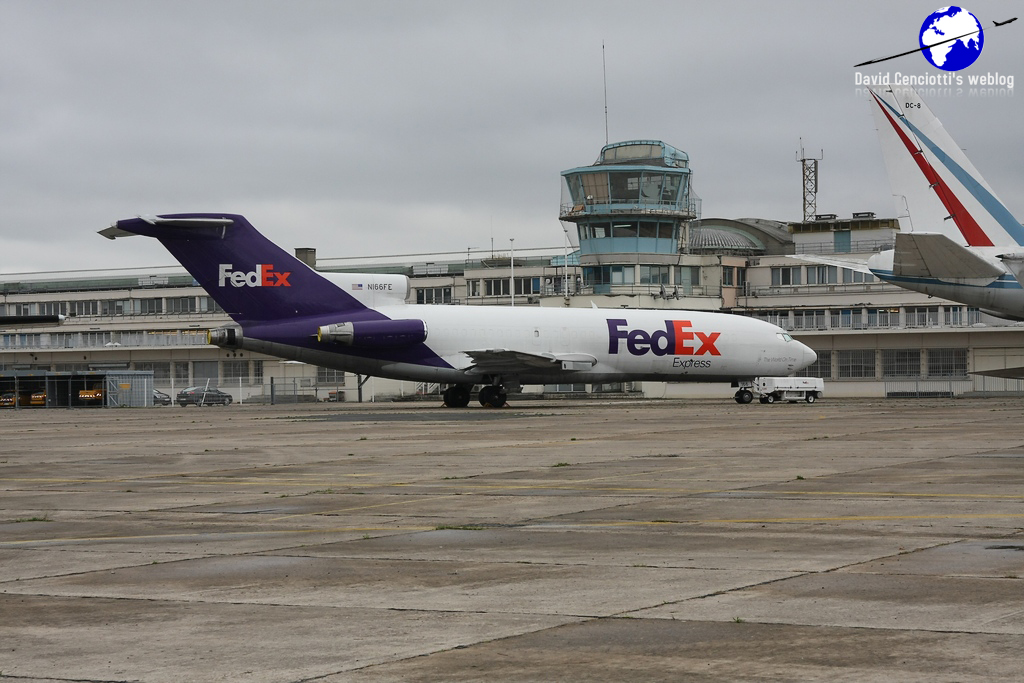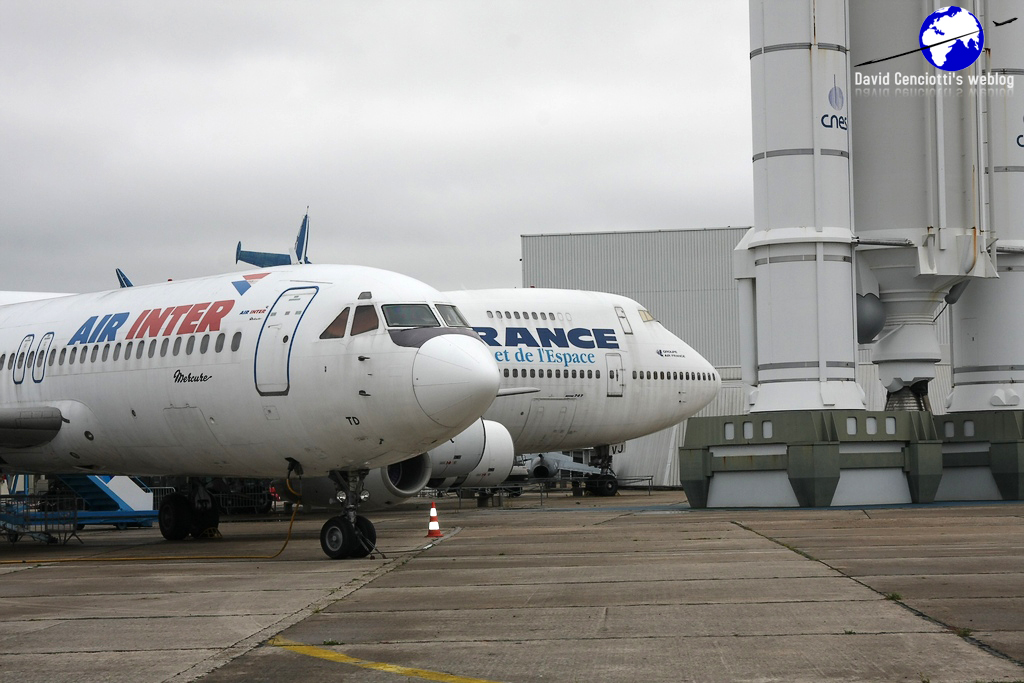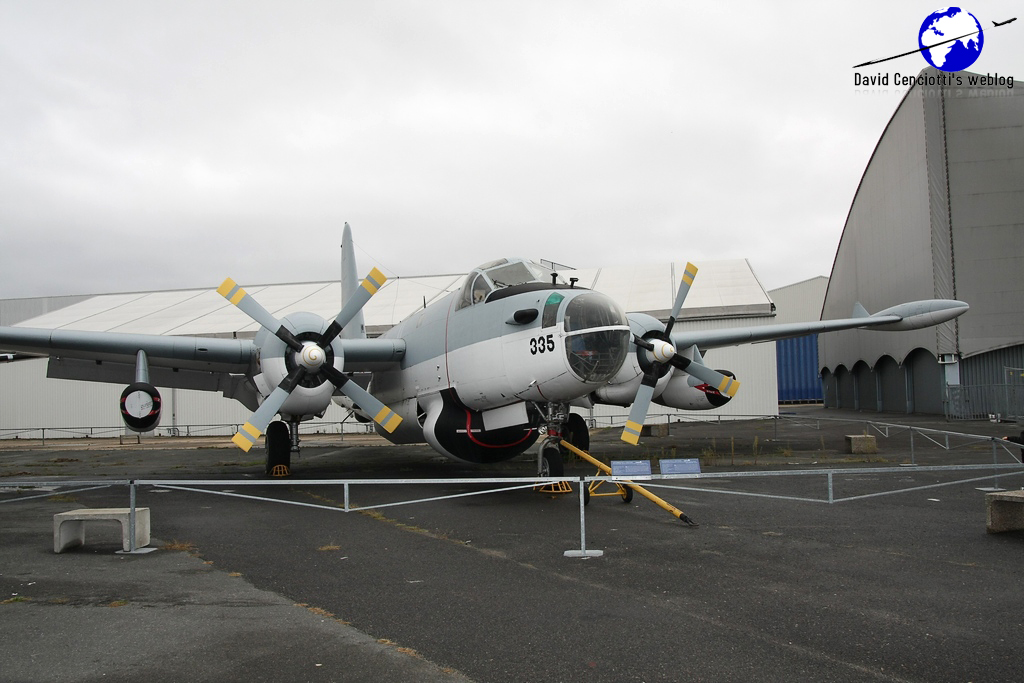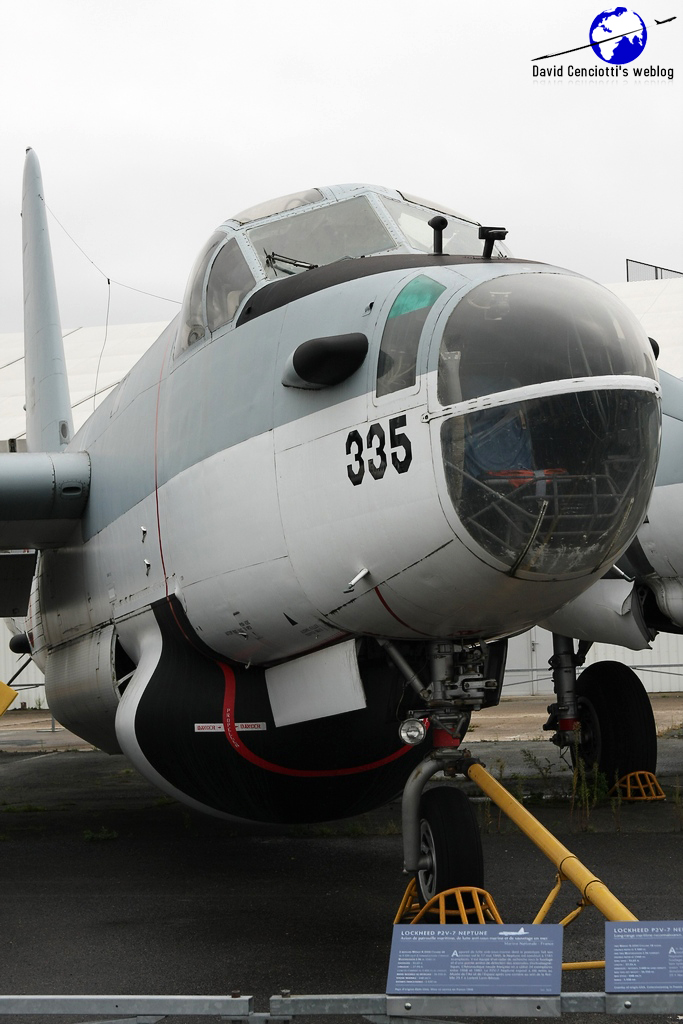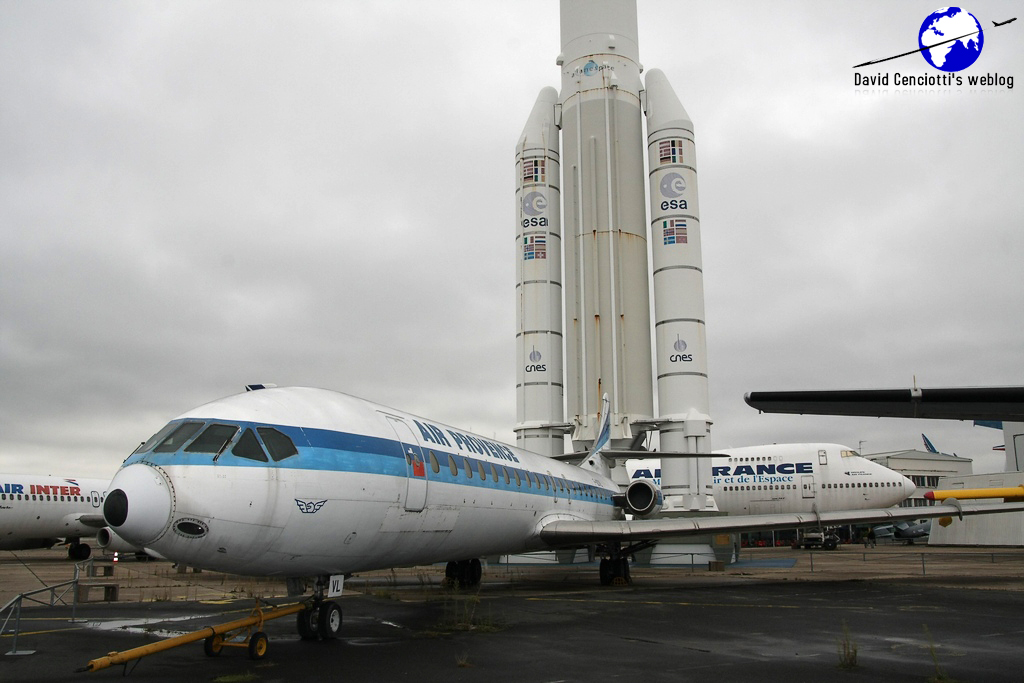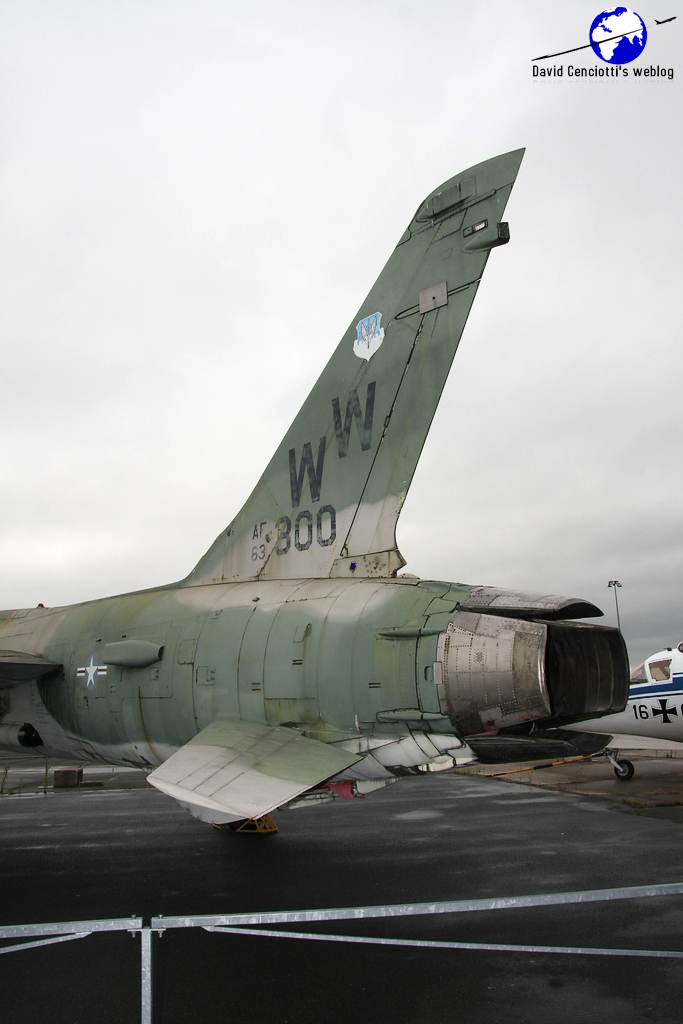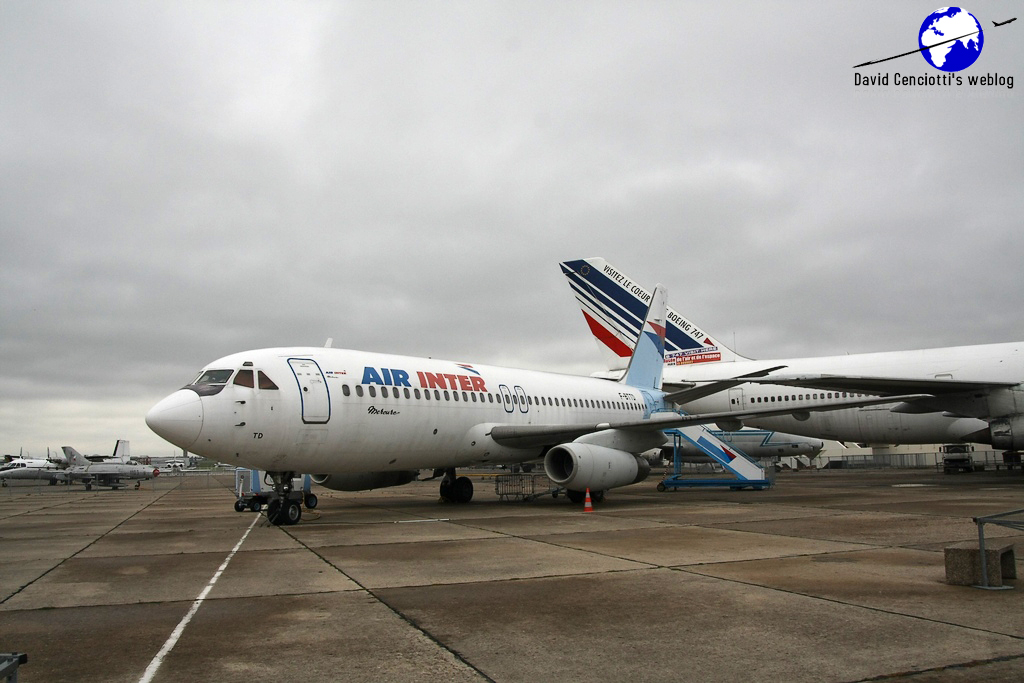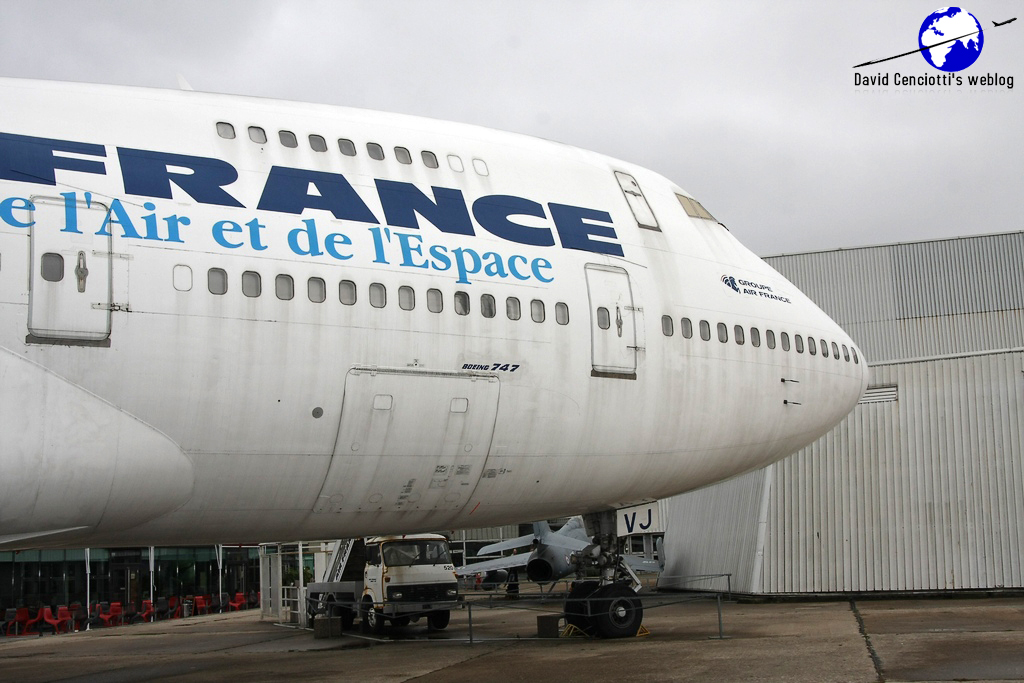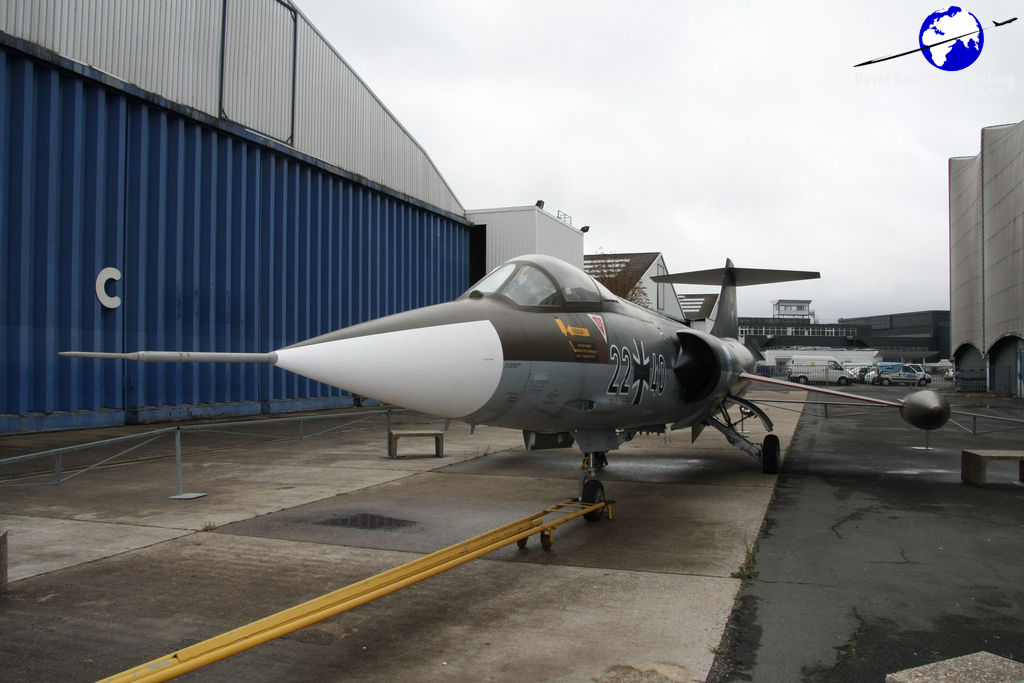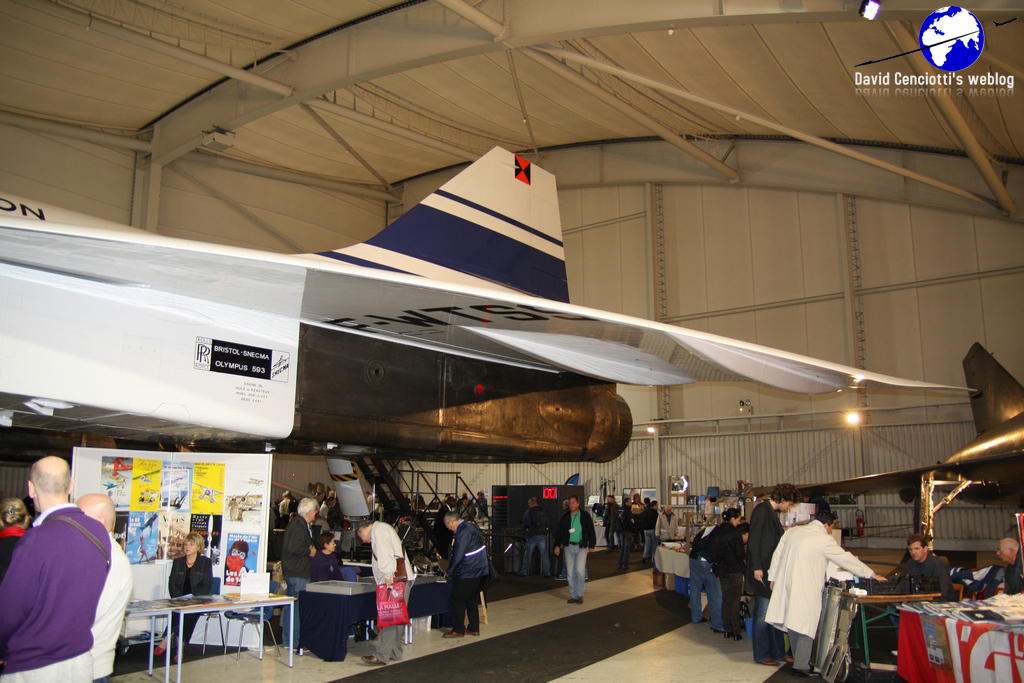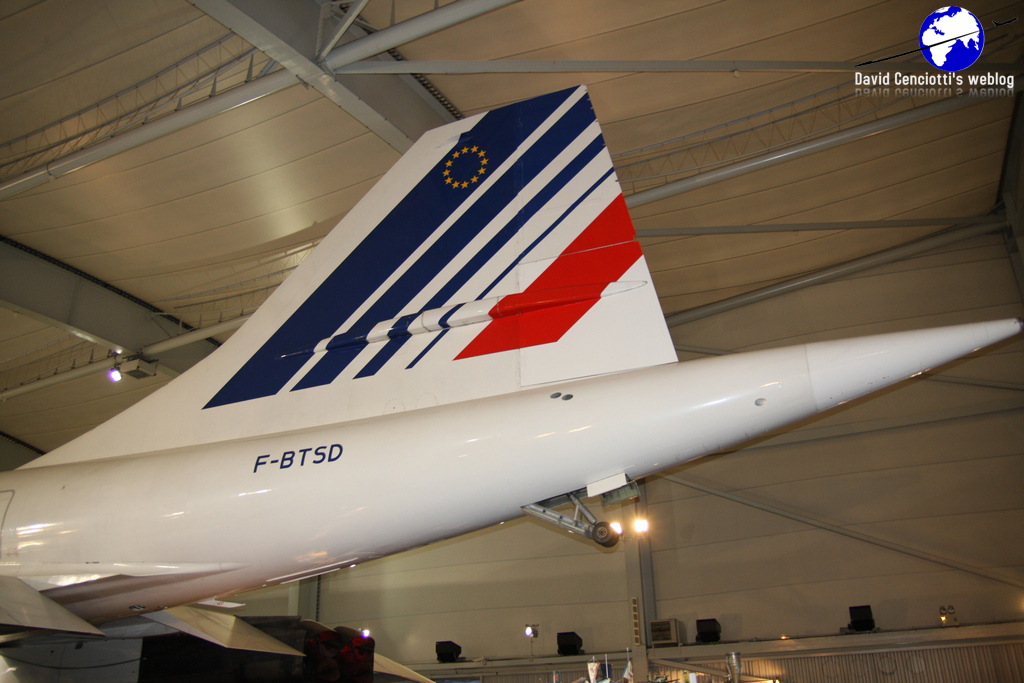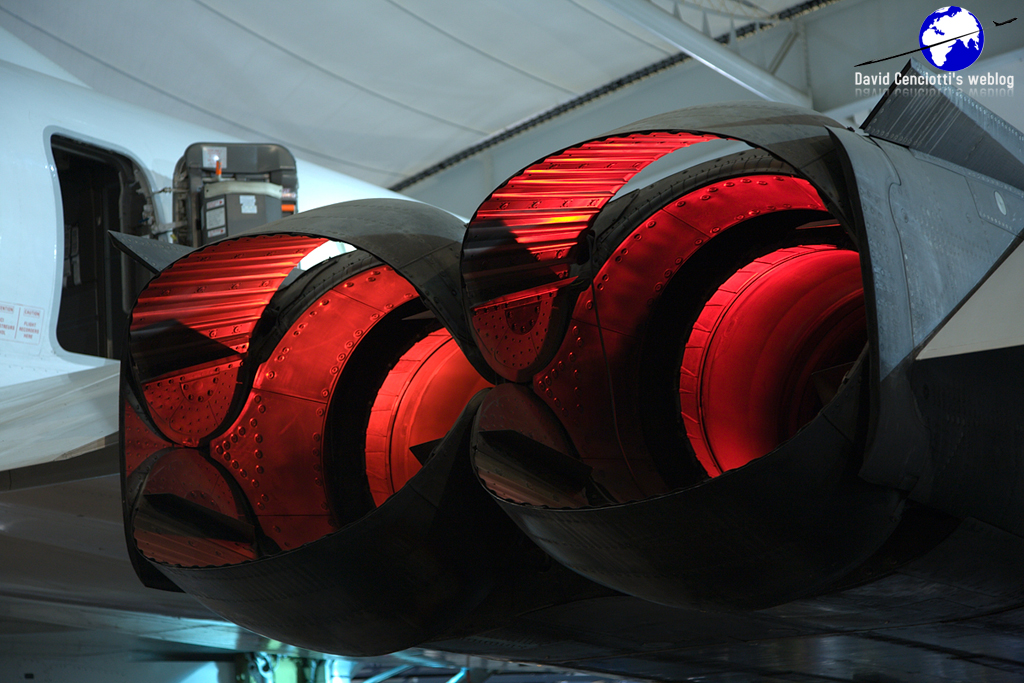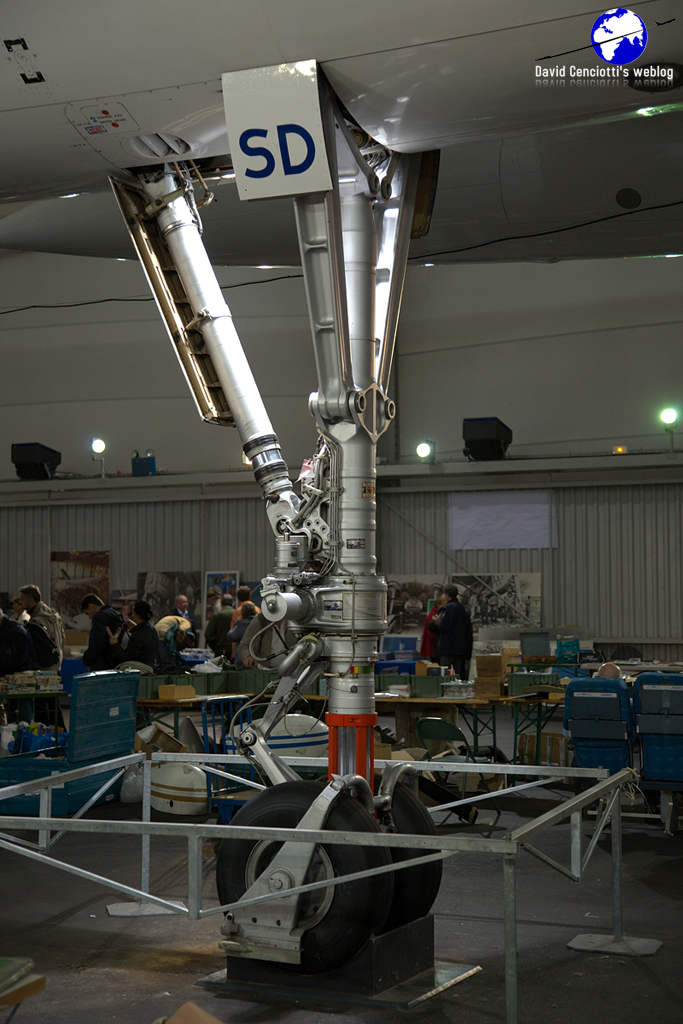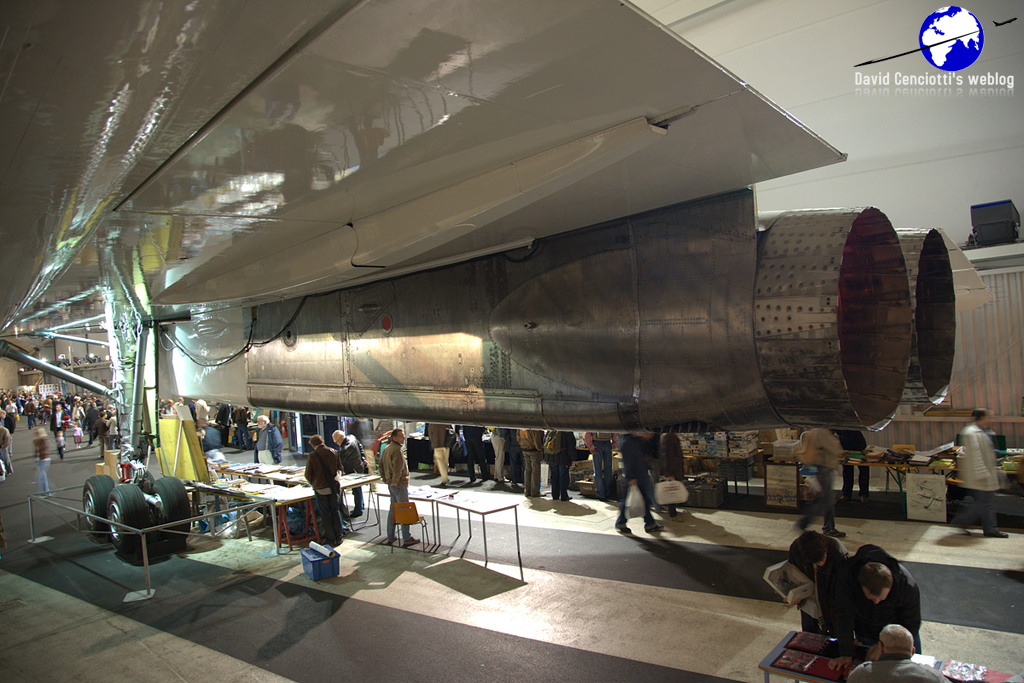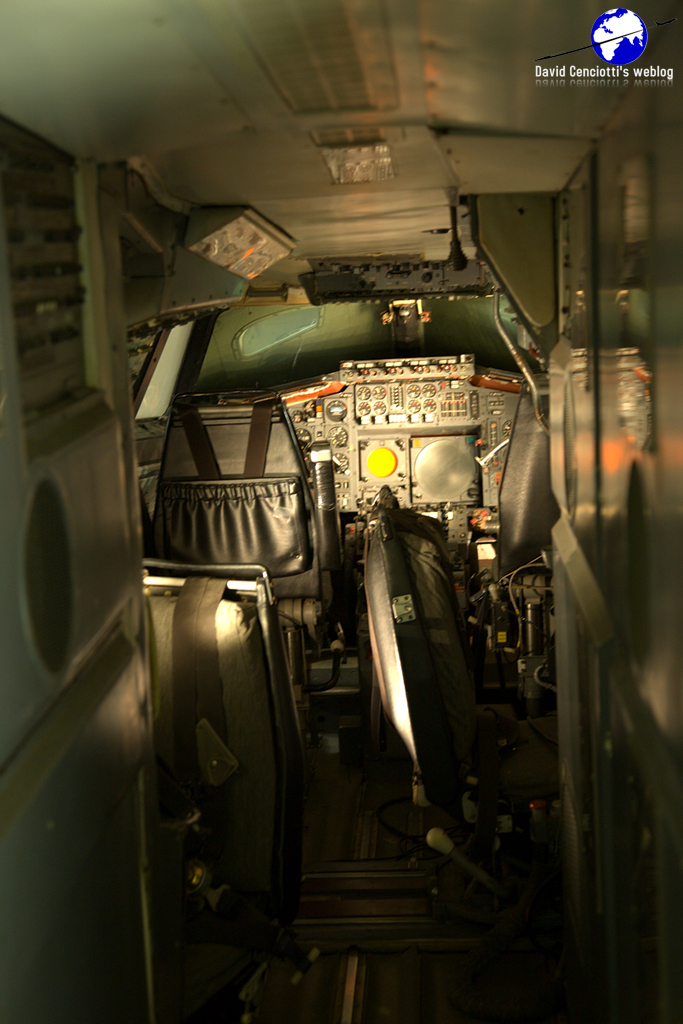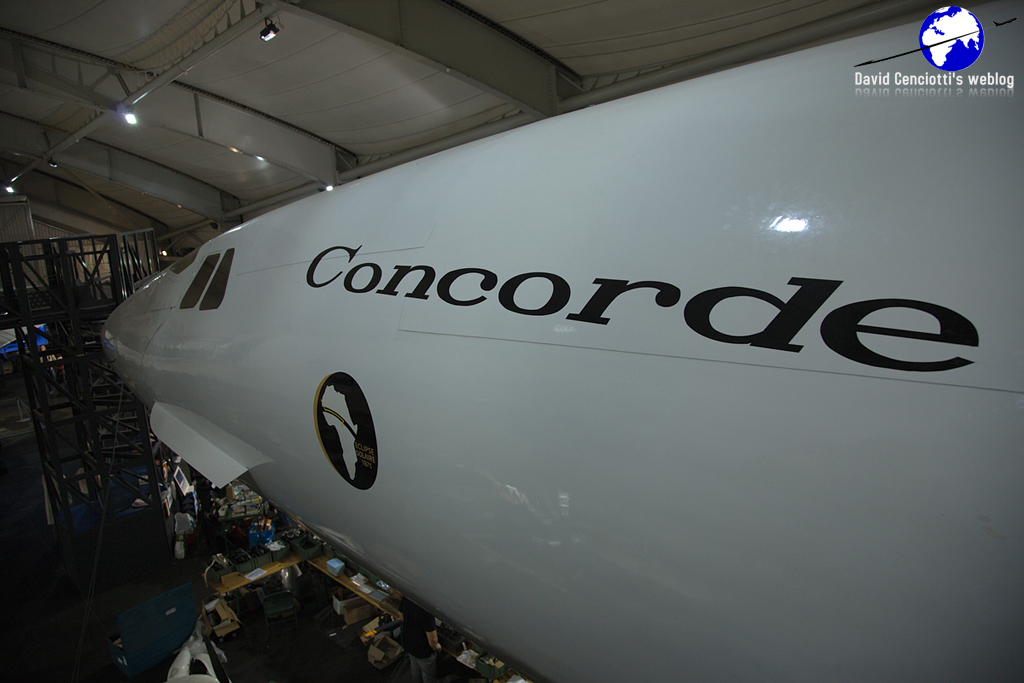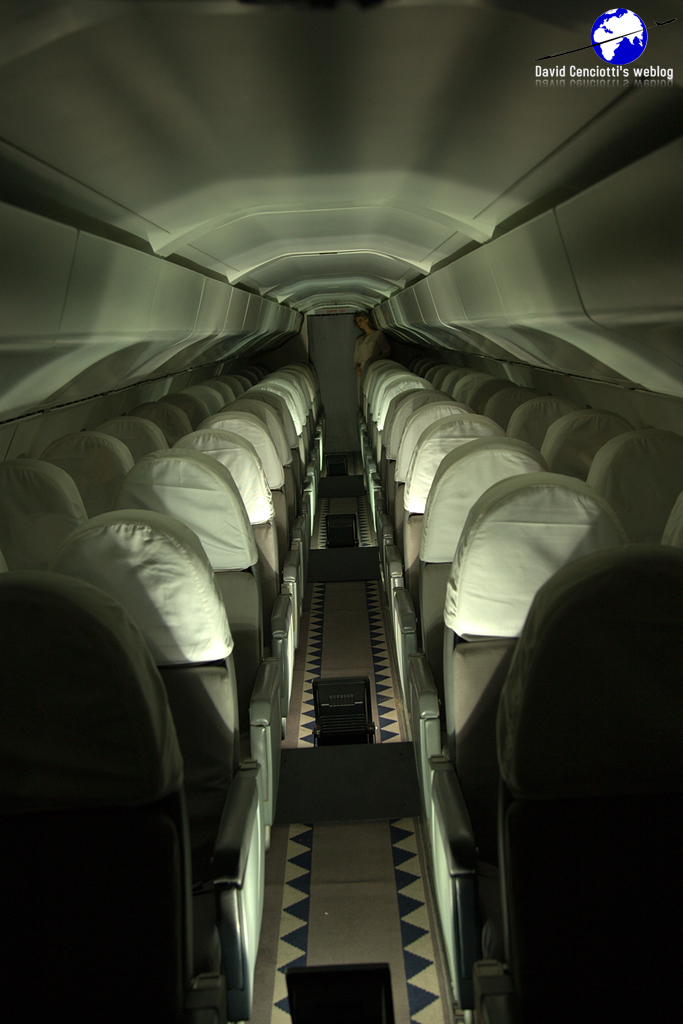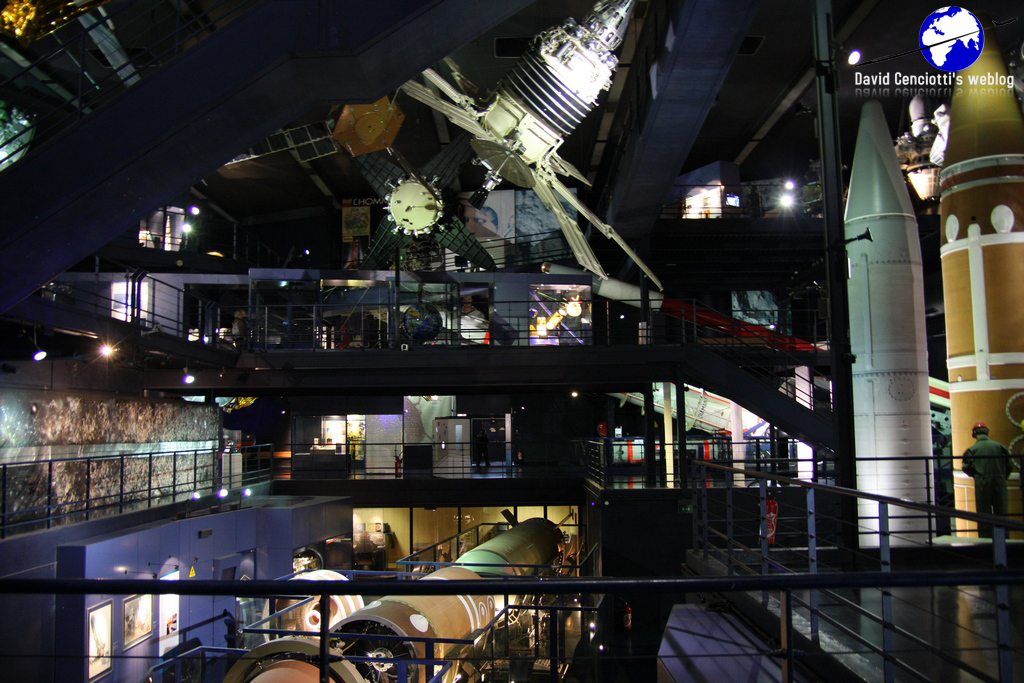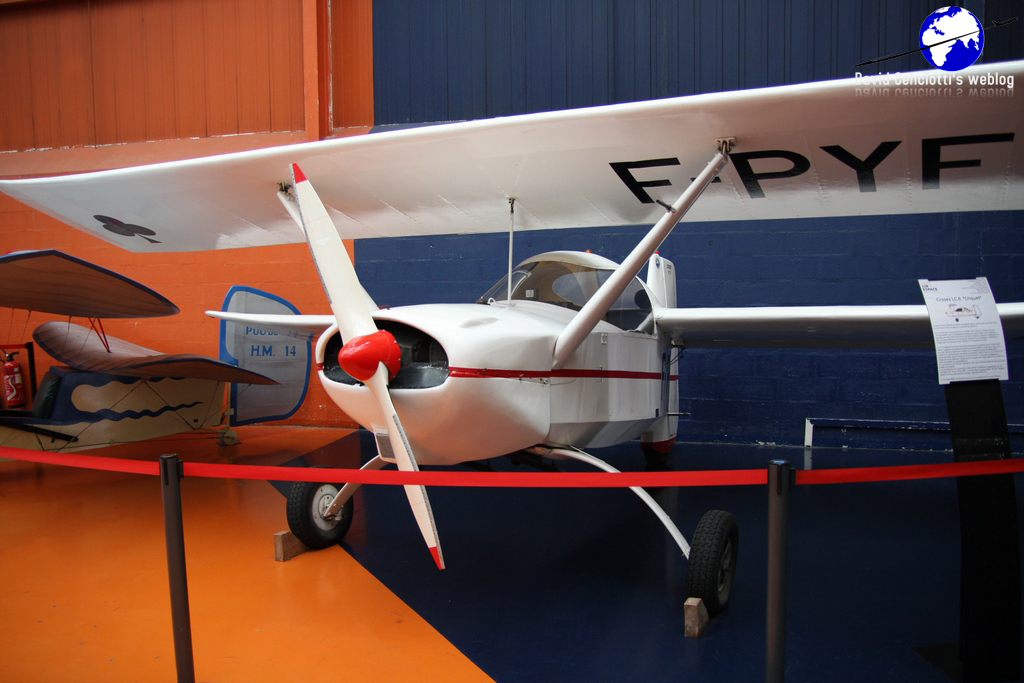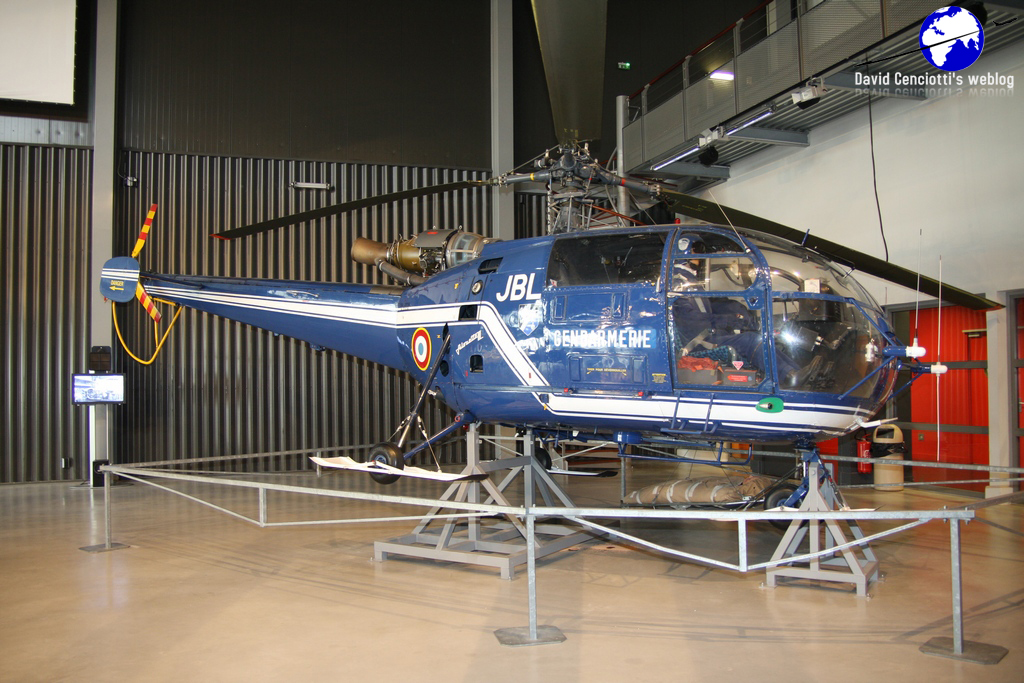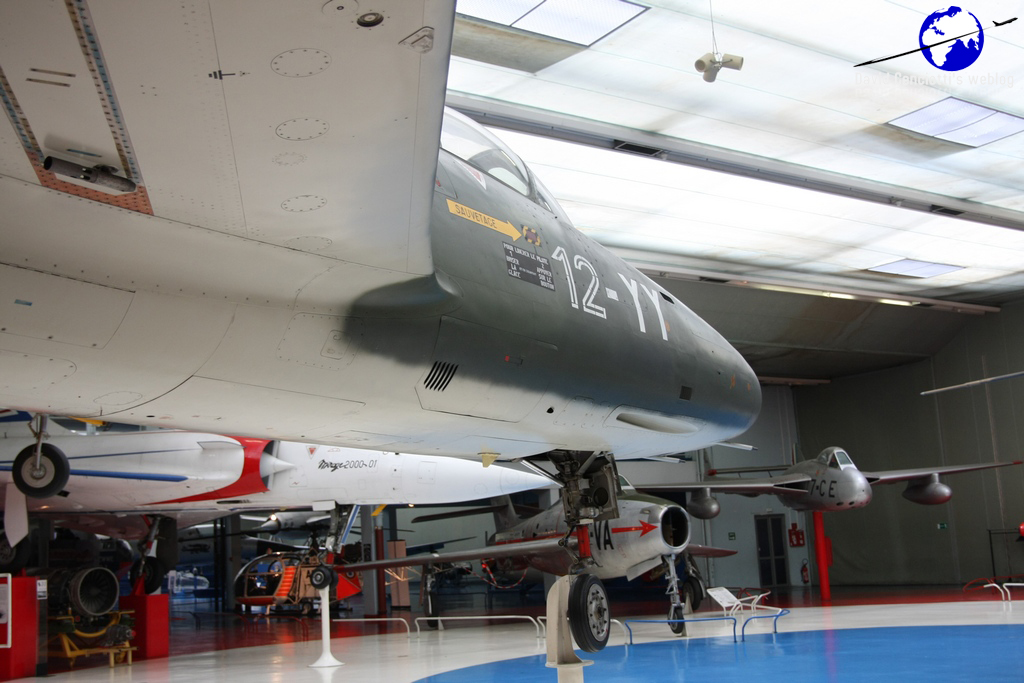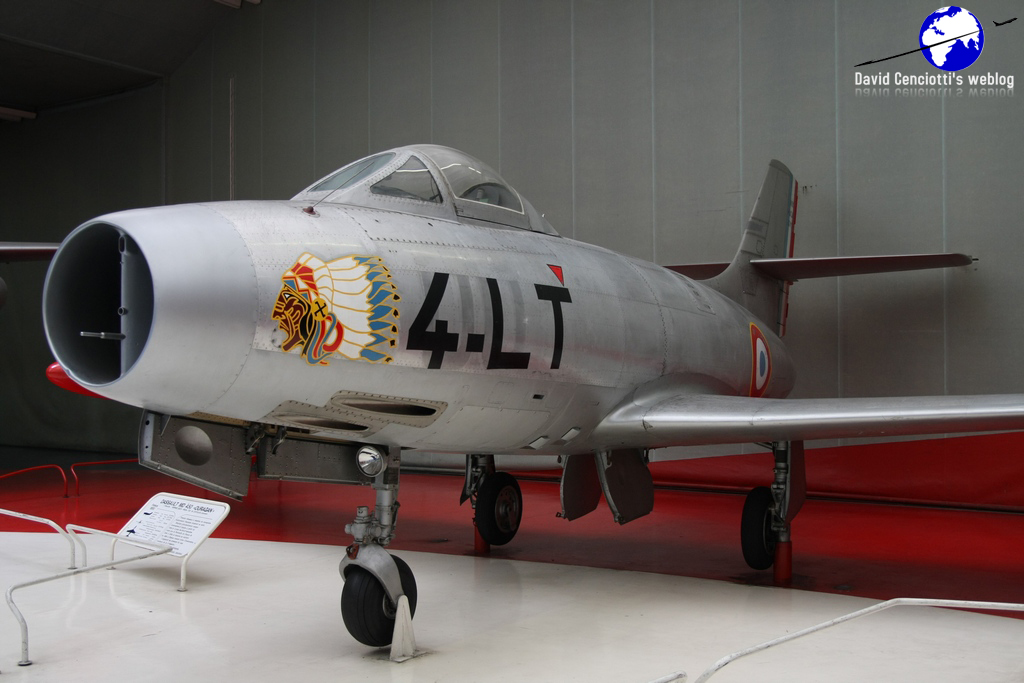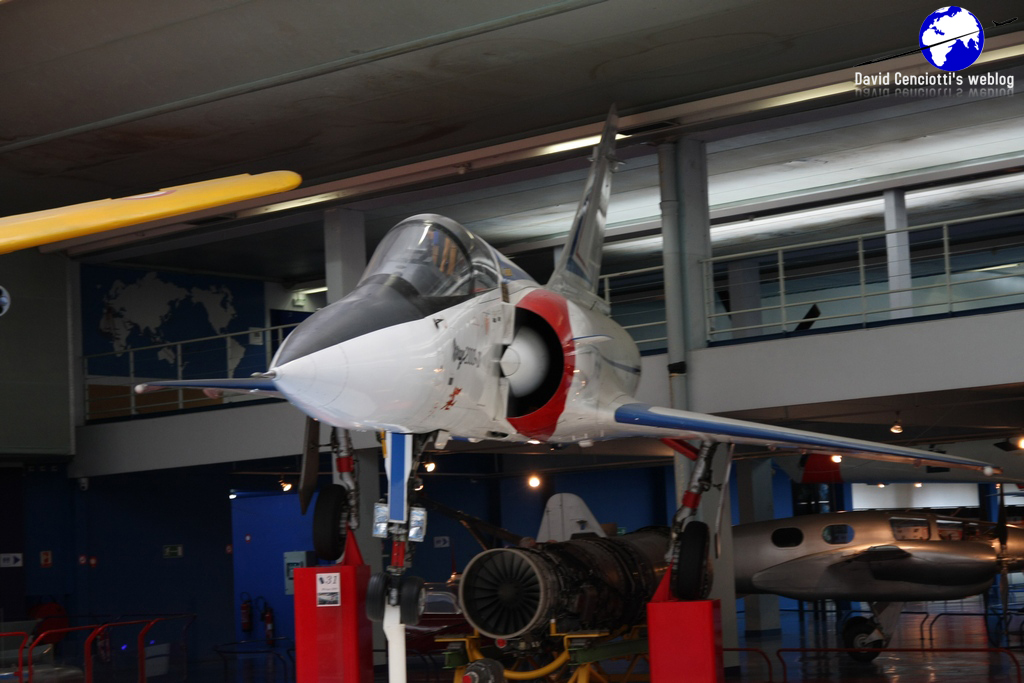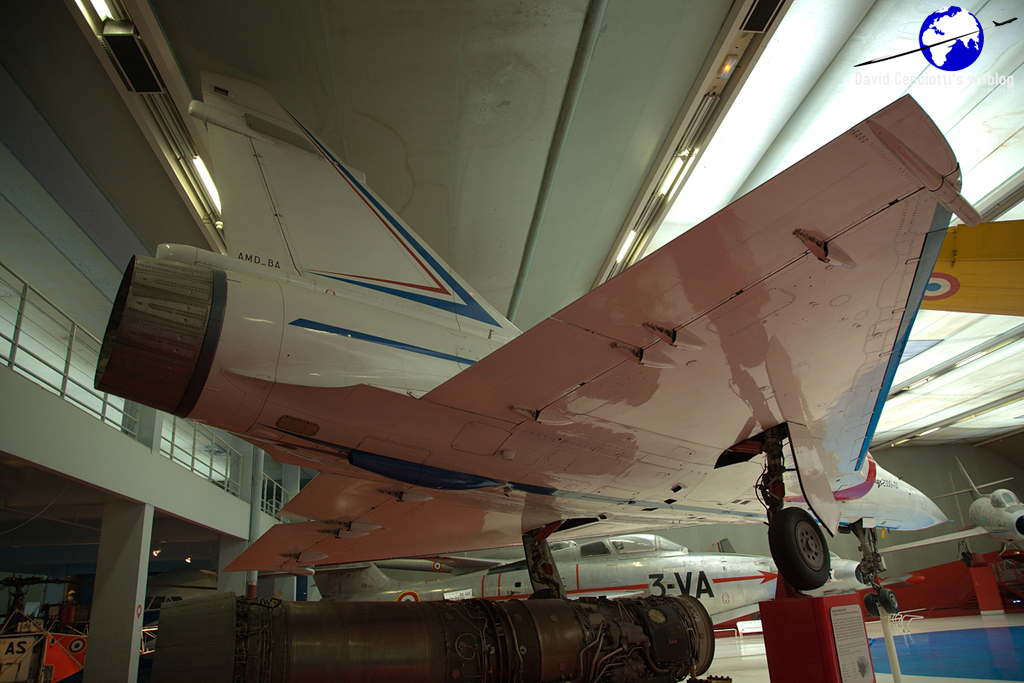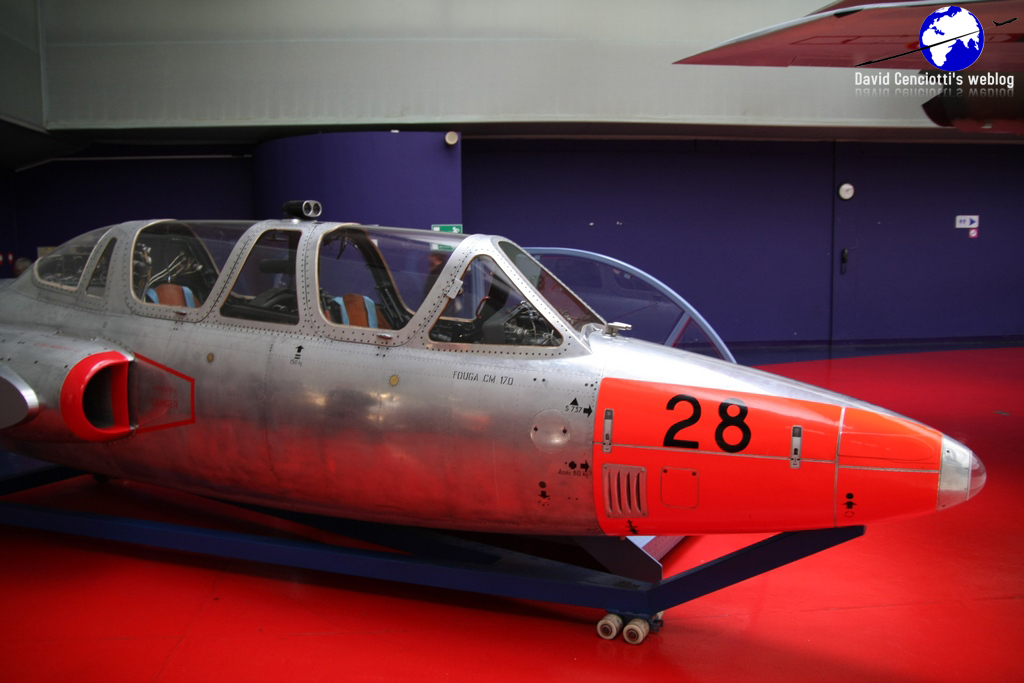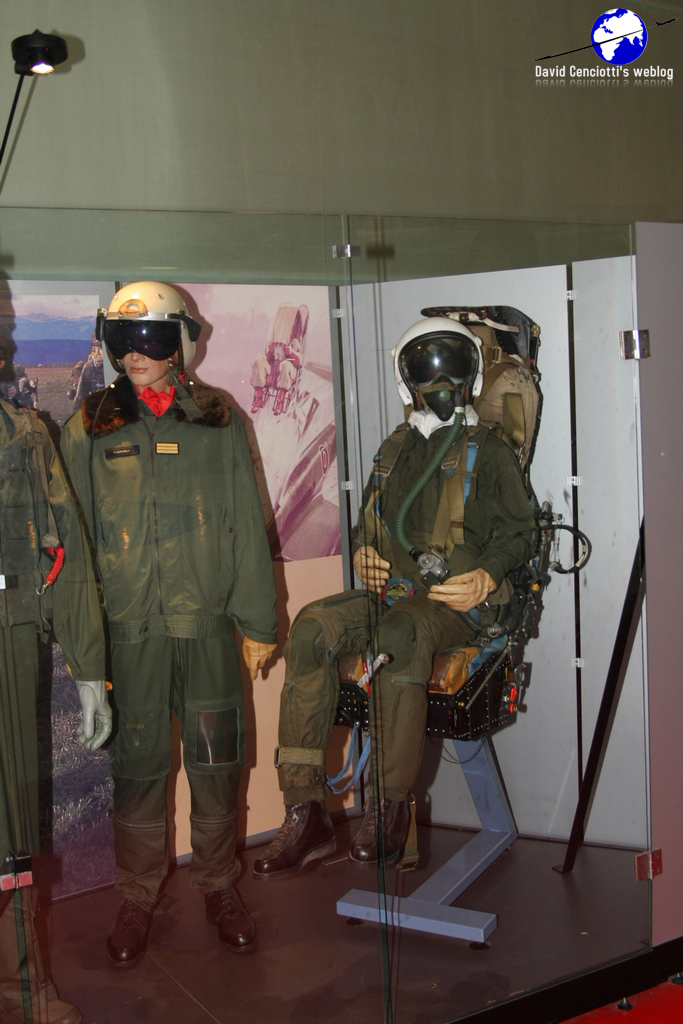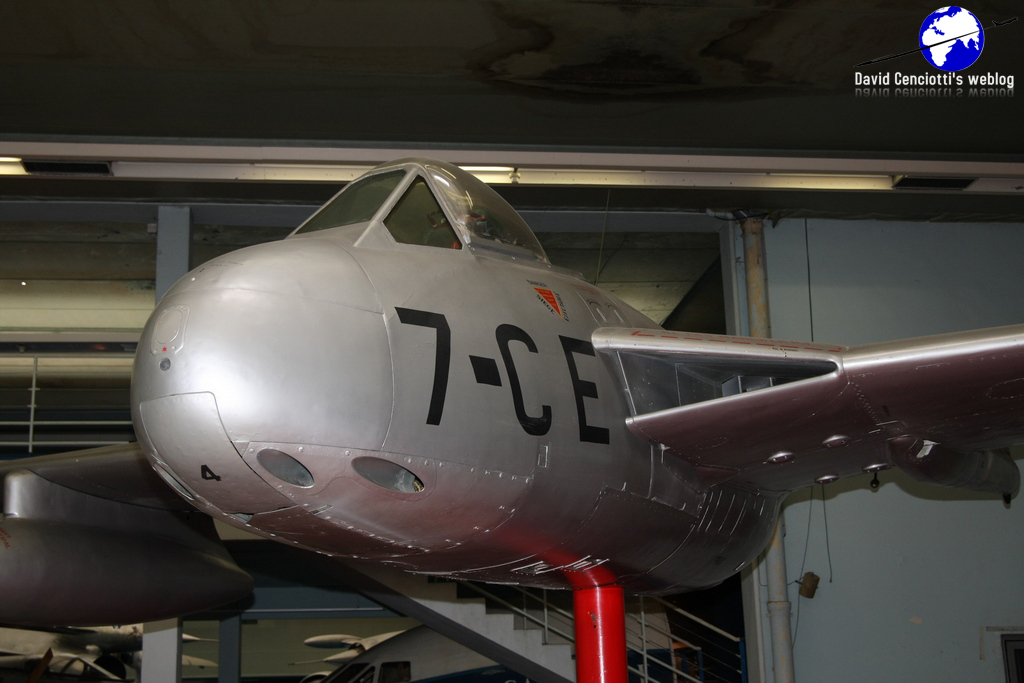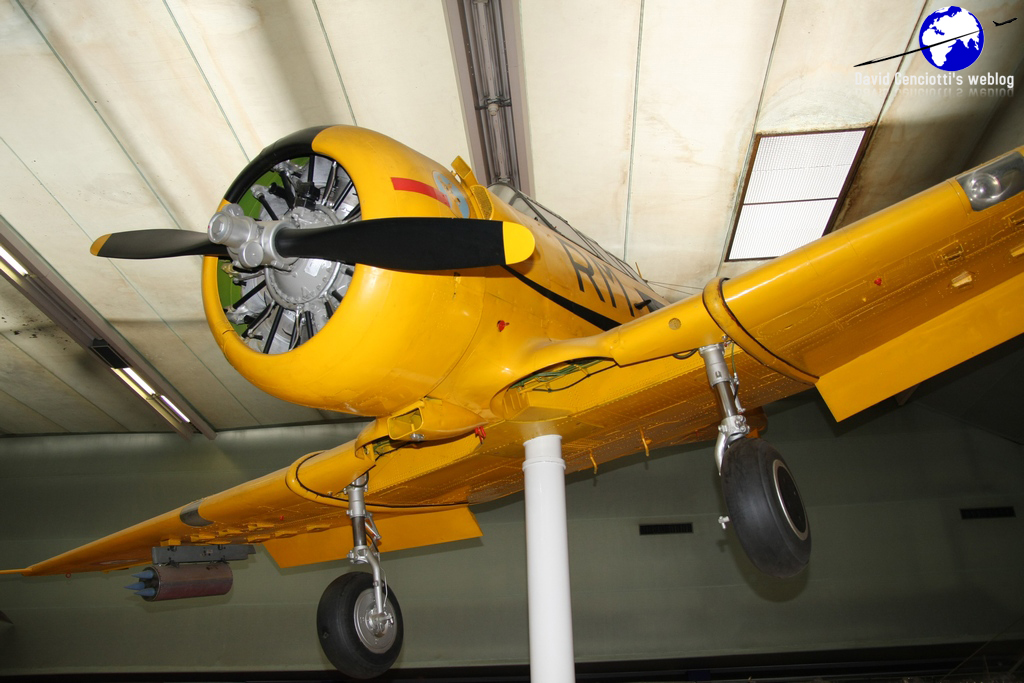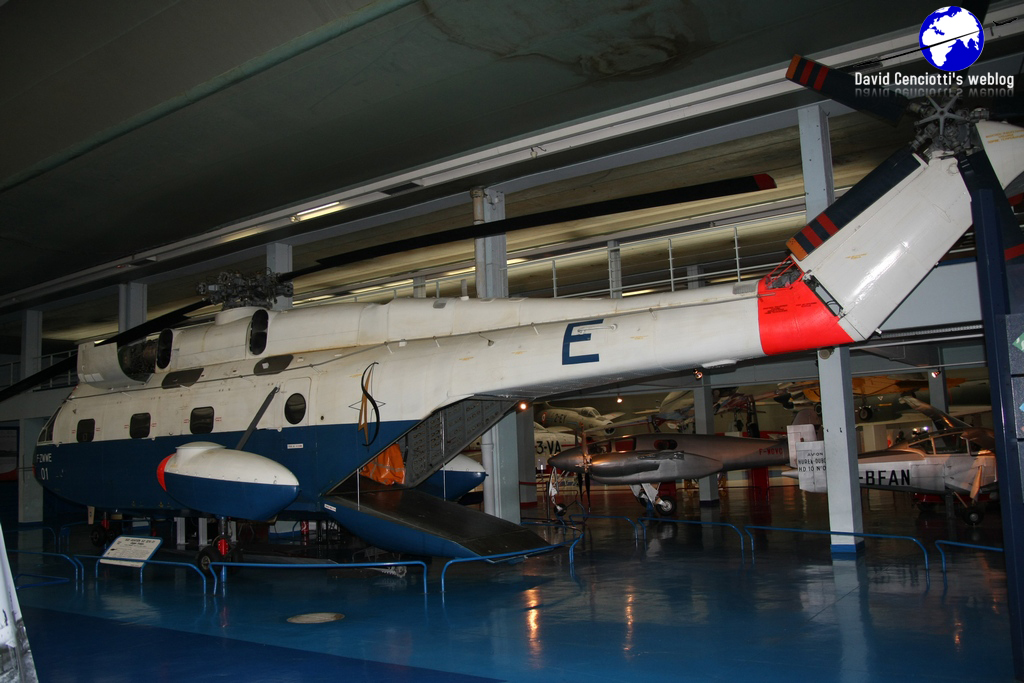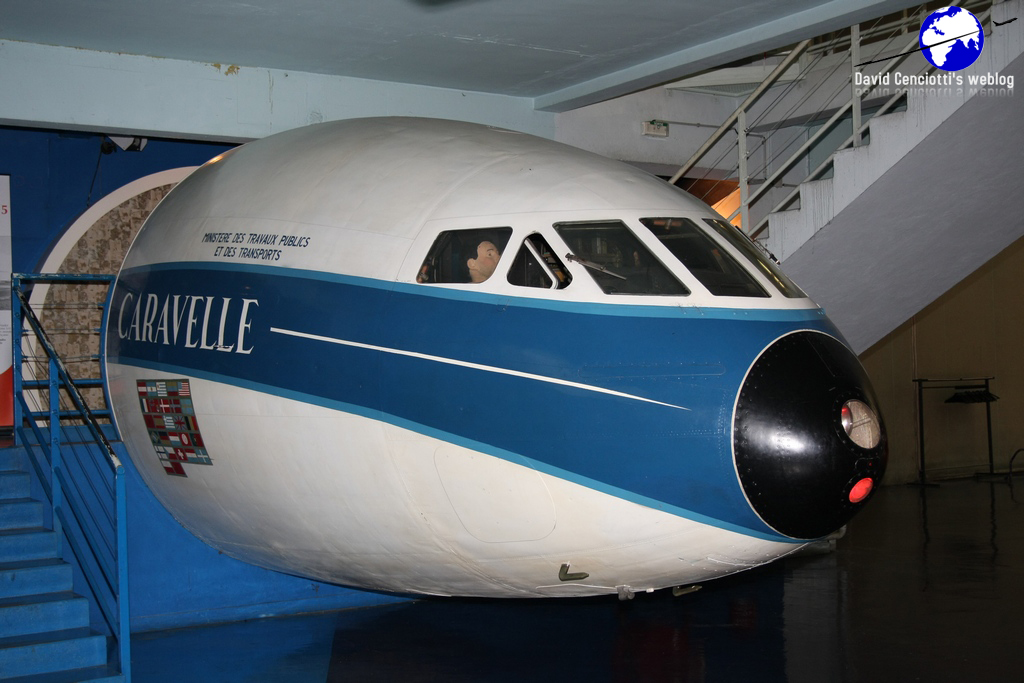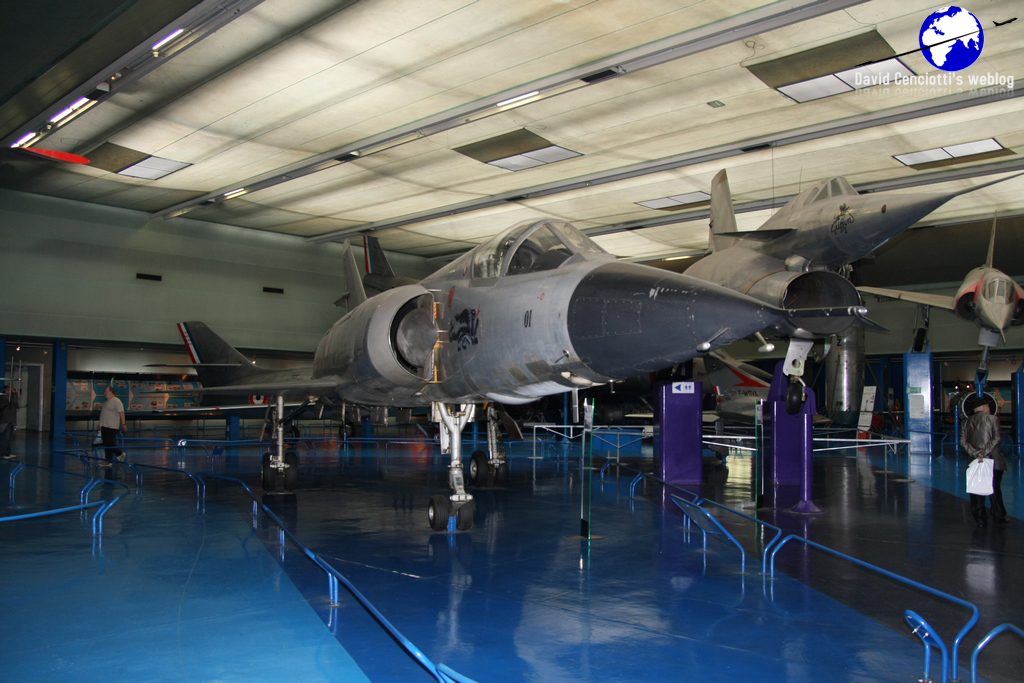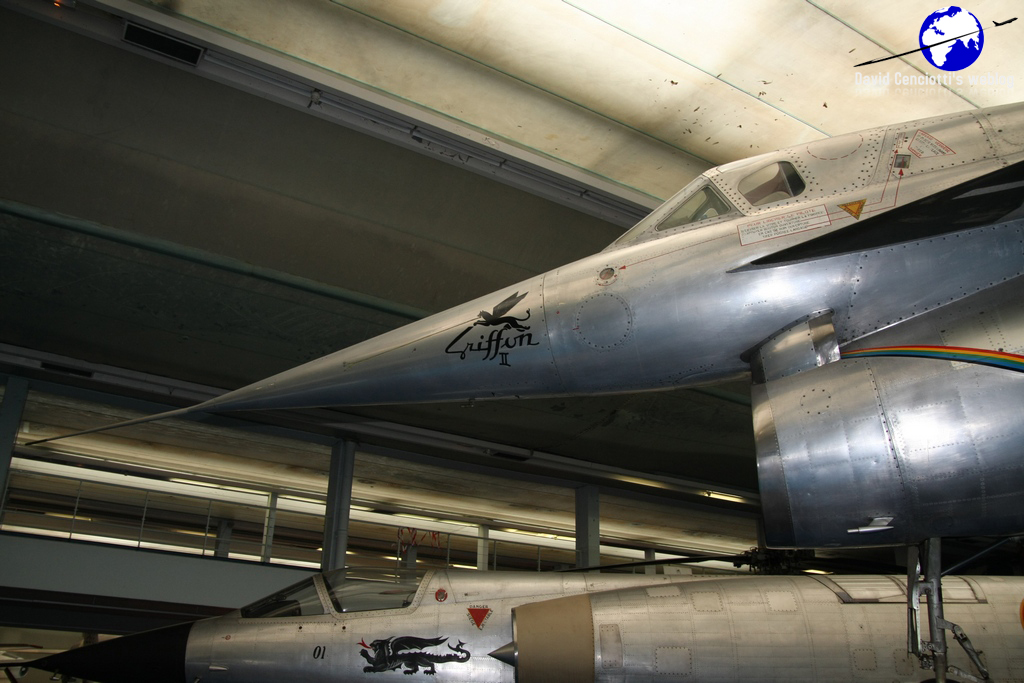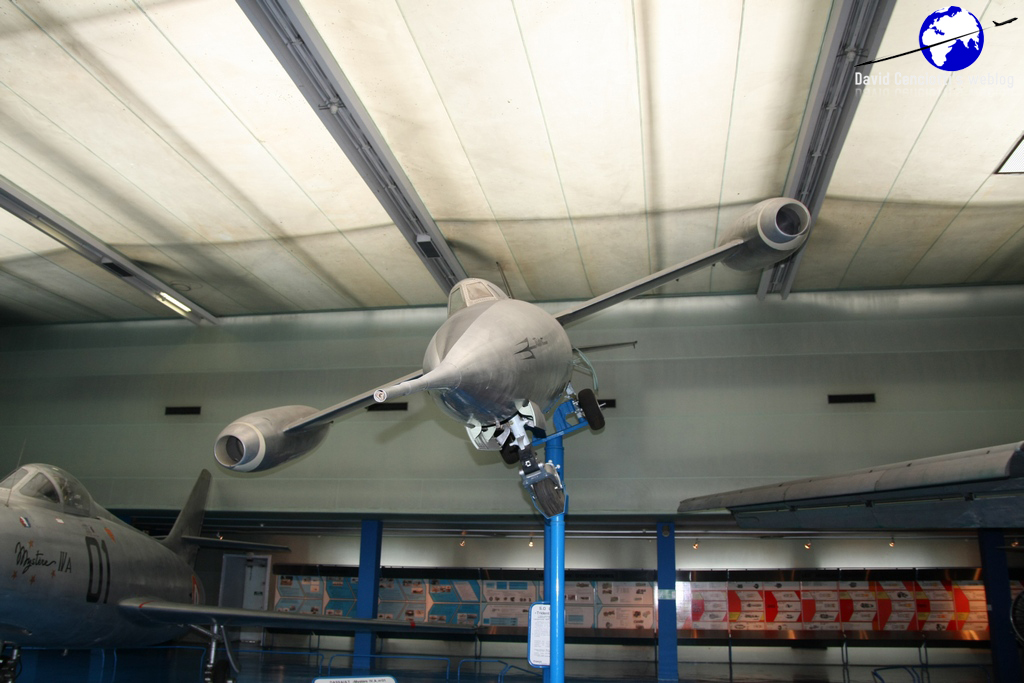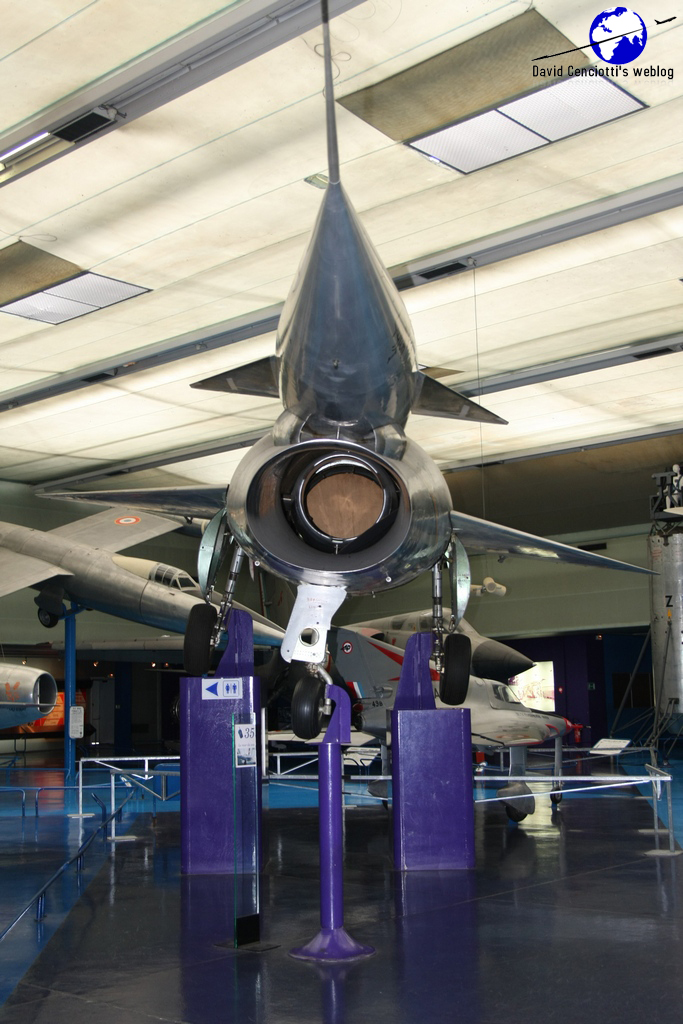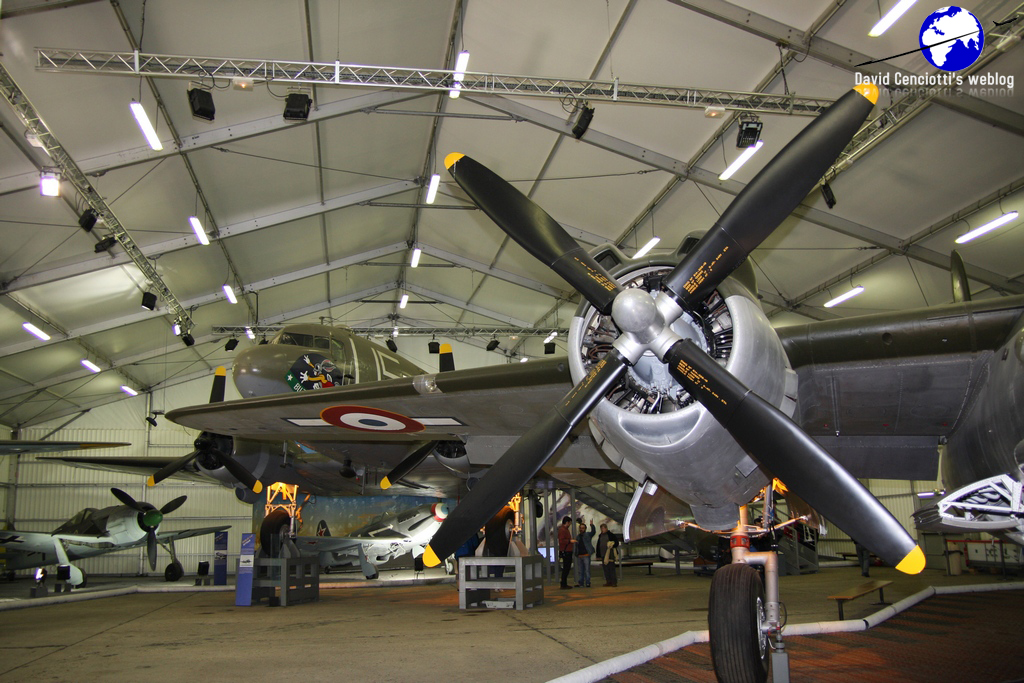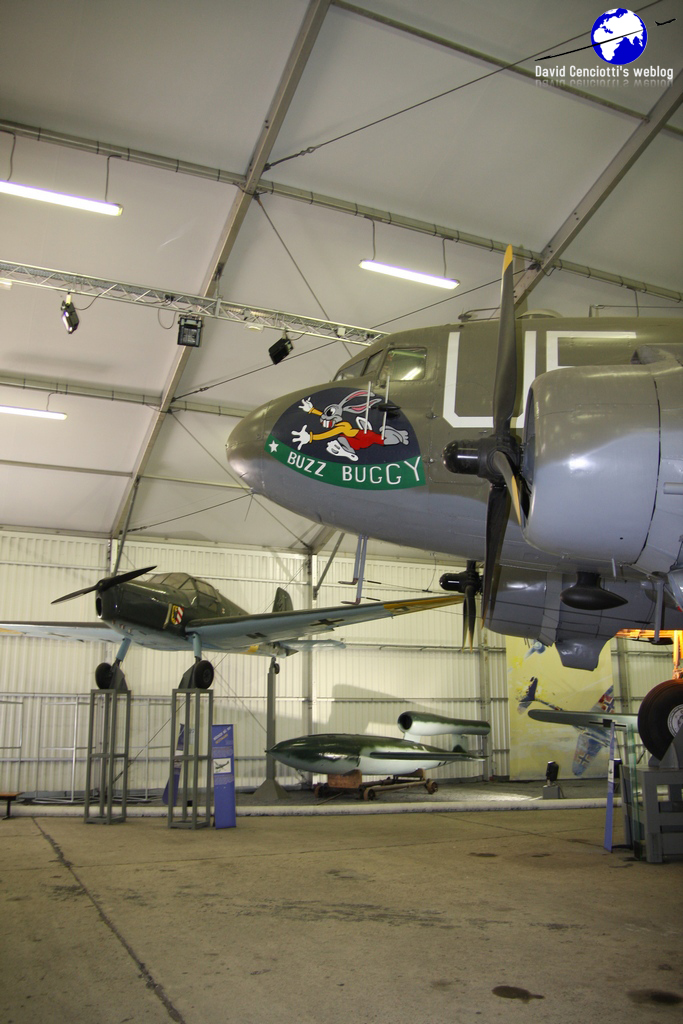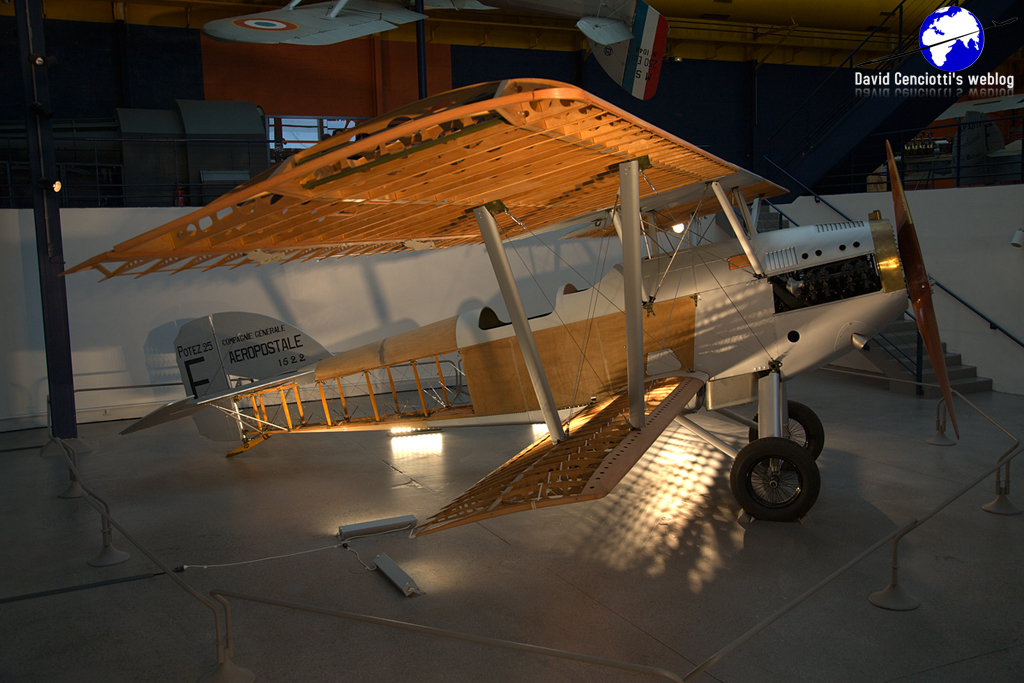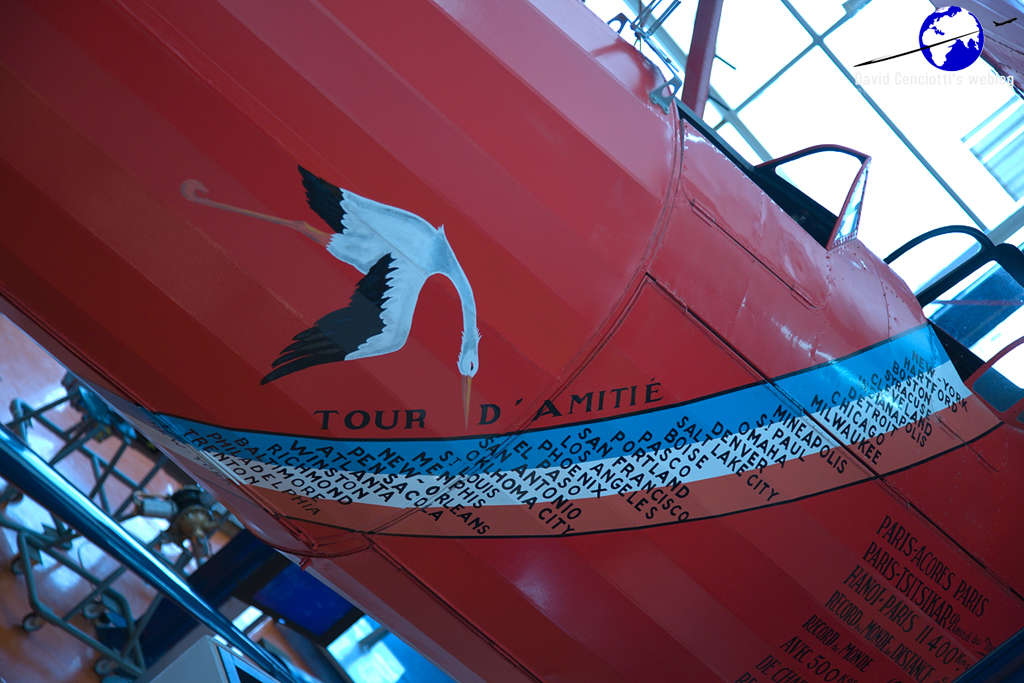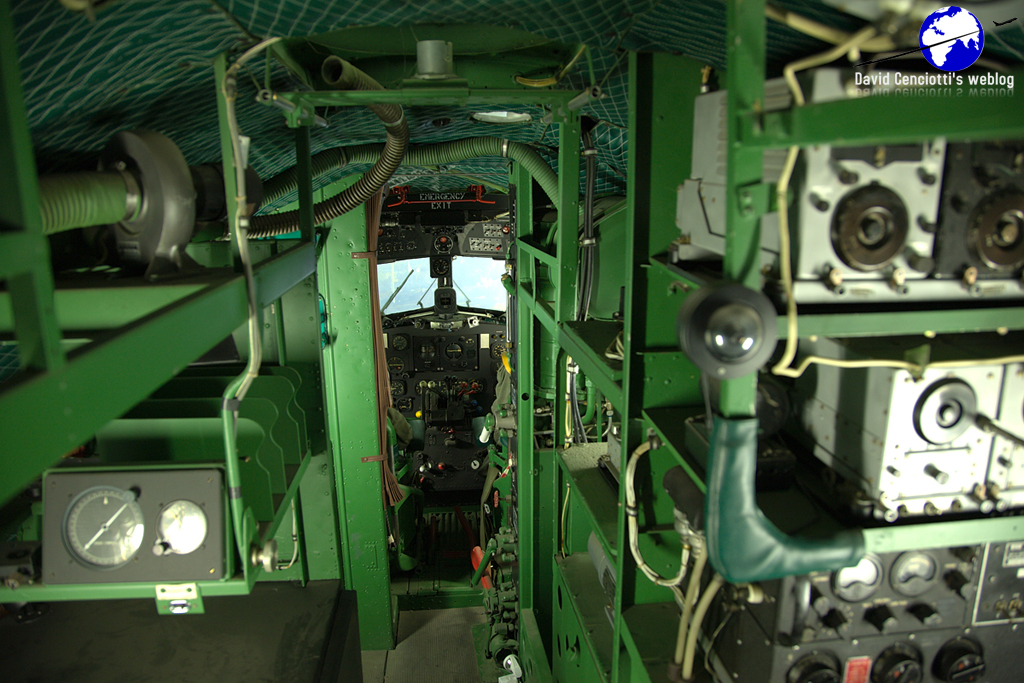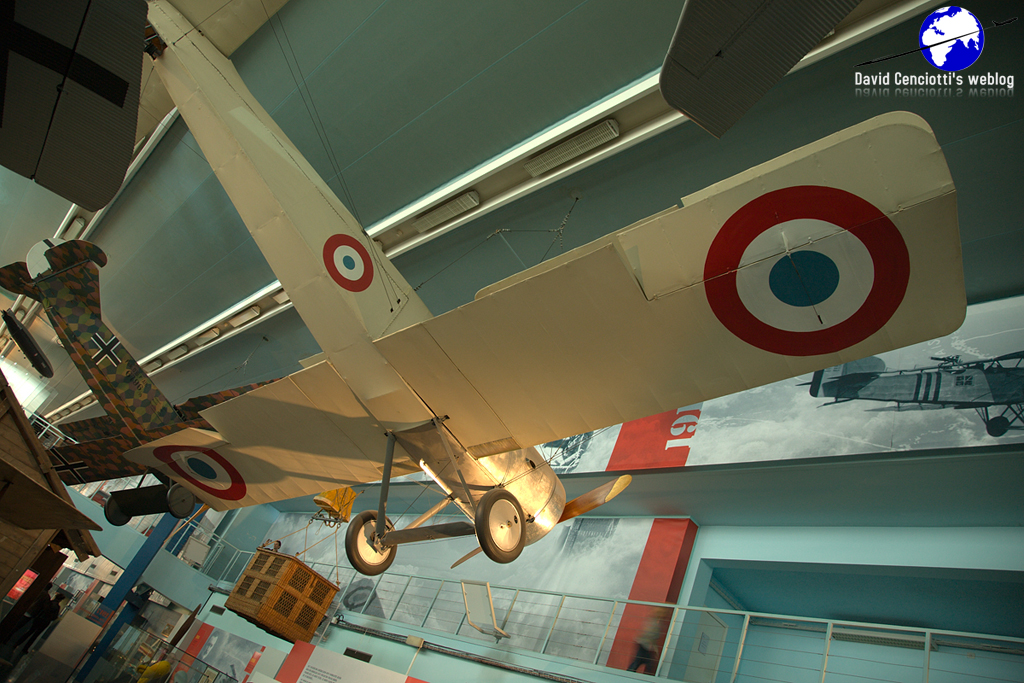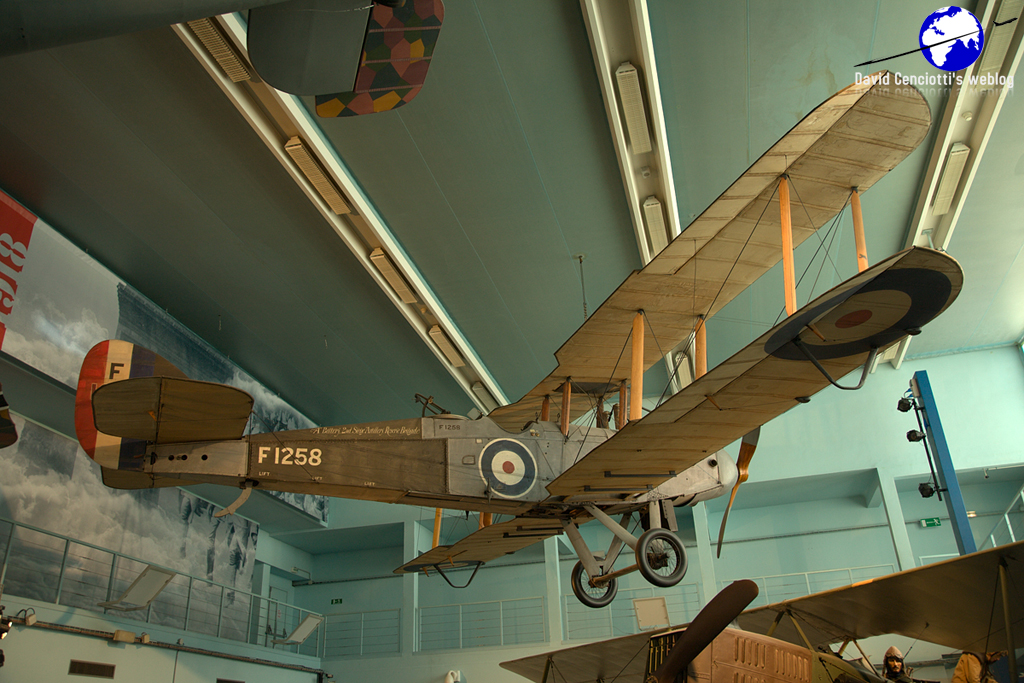Located mid way between downtown Paris and Charles De Gaulle-Roissy airport, the Musée de l’Air et de l’Espace Paris (Air and Space Museum), in the south eastern part of Le Bourget airport, is a must for any aviation enthusiast. The Museum stretches on 150,000 square meters of aprons and hangars and contains a collection of some 180 aircraft: from 16th century items tied to the Montgolfier brothers, to the parts of the Zeppelin LZ113, from biplanes of the beginning of the 20th century, to the ballistic missiles or the legendary Vietnam War veteran Republic F-105 Thunderchief “Thud”. The Museum’s collections are organized in different areas or collection halls, each representing a different period or theme.
Admittance is free, but you have to pay a ticket if you want to make a tour inside an Air France B747-128 (F-BPVJ, performing last commercial flight Beirut-Paris on Feb. 10, 2000), in an American DC-3 or in the two Concorde planes that you can find in the Concorde hall of the Museum (that, to me, alone, were worth the visit): the prototype 001 “F-WTSS”, that made its maiden flight on Mar. 2, 1969, piloted by André Turcat and Jacques Guignard and was retired from service after 397 test flights and 812 flight hours (255 supersonic ones); and the Concorde F-BTSD Sierra Delta, one of the last of such type to fly with Air France, that was retired to the Museum on Jun. 14, 2003, 13 days before the last flight of the Fox Charlie (F-BVFC) the last Air France Concorde that landed in Toulouse on Jun. 27, 2003. The two aircraft are parked side-by-side so you can easily esteem the different internal and external layouts. The F-WTSS prototype wears the “Eclipse Solaire 1973” badge that recalls the historic solar eclipse of Jun. 30, 1973, an event that seven scientists were able to follow for 74 minutes from inside a Concorde fitted as a flying laboratory that, taking off from Las Palmas, Canaries, for the special flight flew within the dark area at supersonic speed at 17.000 meters above Mauritania, before landing in Fort-Lamy (N’Djamena), Chad.
Other interesting aircraft are the German F-104G Starfighter, the Mirage IV, the DC-8 SARIGUE “F-RAFE” used for electronic warfare, the Dassault Super Etendard Modernisé SEM 64, the SAAB J-35A Draken, the Russian Mig-23ML “26” and all the prototypes displayed: the Super Mirage 4000, the Rafale A, the Griffon II and III,
the Mirage III V-01, the LEDUC 010 and the Mirage G8-01. Anyway, the collection is huge and there are so many interesting examples that I suggest you having a look at the following site for a complete list: http://www.aviationmuseum.eu/World/Europe/France/Paris-Le_Bourget/Musee_de_l_air.htm (beware, serials/codes are not correctly aligned with the aircraft type!).
I organized my trip to the museum during Aéropuces 2010, an annual event (hosted in the Concorde hall, as the pictures show) for buying, selling, trading aviation items: models, books, magazines, patches, aviation art, military and civil aircraft parts (control sticks, ejection seats, rudders, panels, cockpit instruments, blades, etc.), flight gear, and everything you might be interesting in collecting.
For more details about the collection, the Museum and the related events, I suggest you visiting the official Musée de l’Air et de l’Espace Paris website that cointains plenty of information (in French language only!).
The pictures above were taken by both me and Giovanni Maduli.

